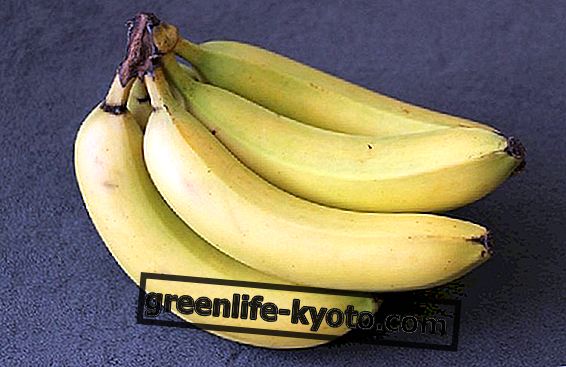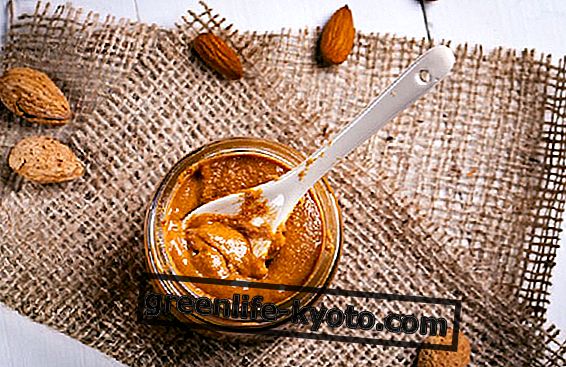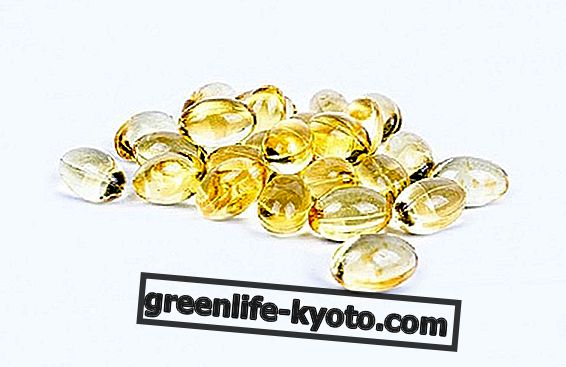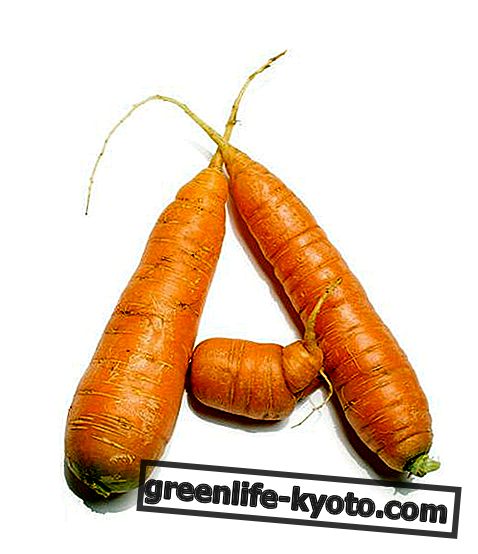
Our intestine is populated by micro-organisms of different species such as bacteria, fungi and viruses.
There are some benefits to our health, others harmless, others potentially pathogenic ( Candida for example), but we all need them.
They form what is termed intestinal flora or rather Microbiota, a real organ that weighs about 1.5 kg.
Without them we cannot live because they degrade polysaccharides such as cellulose and produce fatty acids, oligosaccharides and vitamins, as well as intervening in adjustments at the level of the intestinal barrier.
Even the slightest imbalance can cause discomfort or real diseases : we speak of dysbiosis.
Intestine and dysbiosis: which link?
Dysbiosis of the intestine is defined as an alteration of the qualitative and quantitative balance of the bacterial strains present .
Normally the microbiota is composed of about a thousand different species of microorganisms whose total number amounts to about 10 followed by 16 zeros (difficult even to imagine ...). For each of us the type and number of species present is different from the others and specific. Exactly like fingerprints.
But when it occurs, for internal or external reasons (do not take antibiotics "at random" ...) an imbalance or when a population prevails over others that decrease in number, we speak of dysbiosis of the intestine .
Dysbiosis is not a disease in itself, but it can increase the likelihood of other diseases occurring, or in more sensitive subjects it can cause annoying symptoms .
The main symptoms of bowel dysbiosis are:
> Abdominal swelling;
> constipation or diarrhea;
> exhaustion and feeling sick;
> mood and sleep disorders;
> recurrent candida infections or cystitis.
Intestine and dysbiosis: what implications?
Given the close link between the intestine and the whole body, the consequences of intestinal dysbiosis on the entire body can also be quite severe .
Below is a description of the most frequent:
> general increase in susceptibility to infections, such as colds and cystitis, candidiasis, tonsillitis, etc. ;
> energy declines, chronic fatigue;
> difficulty losing weight;
> hair loss.
Any change in the balance of the bacterial population of the intestine (dysbiosis) affects the onset and the course of even more severe pathologies such as allergies, inflammatory, cardiovascular and metabolic pathologies.
Intestine and dysbiosis: what causes?
The main causes of bowel dysbiosis are to be found above all in lifestyle and eating habits, including for example an unbalanced diet and an abundance of industrial food products, or a bad and too fast chewing .
These are the main causes of dysbiosis for the intestine:
> incorrect eating habits;
> stressful lifestyle;
> smoke;
> alcohol;
> excessive use of drugs (especially laxatives and antibiotics, but not only);
> altered sleep-wake cycle : poor restorative sleep or night work shifts;
> high air pollution with heavy metals .
In relation to the triggering principle, we distinguish three main forms of dysbiosis:
- Deficient dysbiosis : it is caused by a decrease in the population of intestinal bacterial flora, often following a diet poor in soluble fiber and rich in preserved foods.
- Putrefactive dysbiosis : it is caused by a diet rich in fat and meat but poor in fiber.
- Fermentative dysbiosis: it is mainly caused by a diet too rich in insoluble fibers that are not digested or assimilated but are used by a series of bacteria to carry out fermentative processes.













